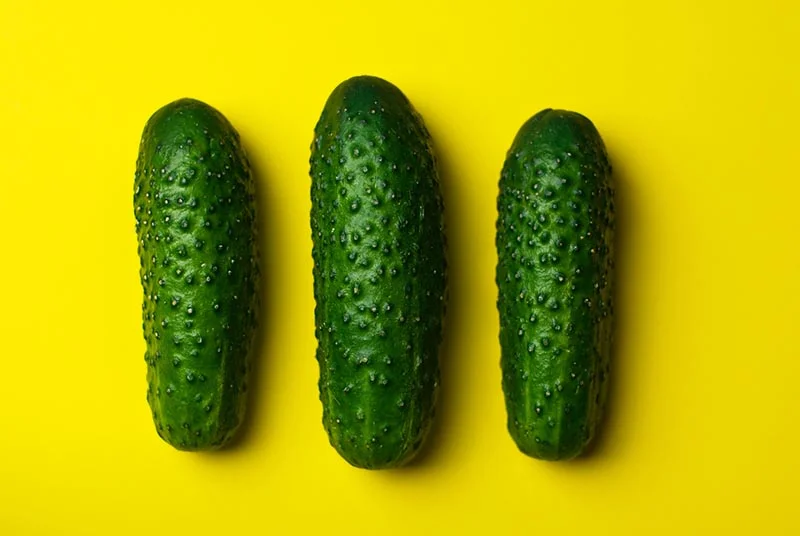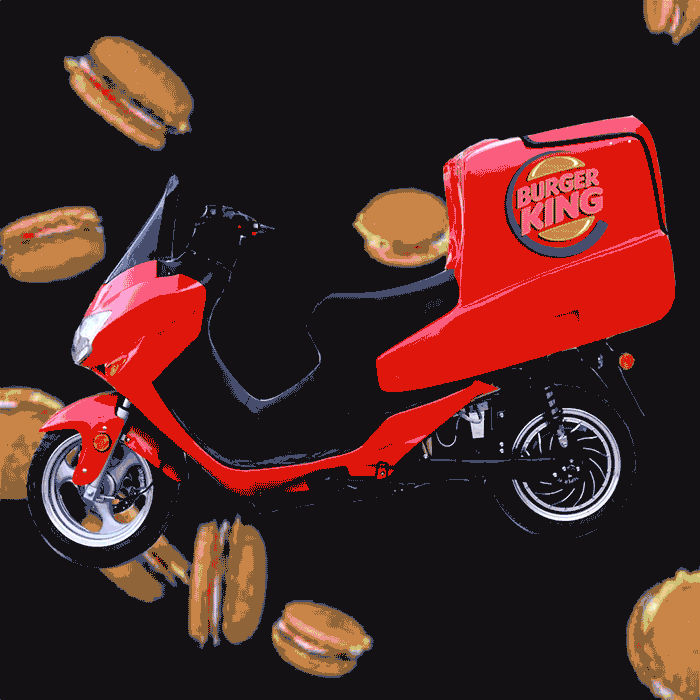Cooking Roadkill for the Homeless & Needy
A handful of programs around the country serve roadkill animals as food instead of letting them go to waste.
By Jessie Schiewe
Credit: Carnivore Style
Those who get their groceries from the North Valley Food Bank — a nonprofit organization in Whitefish, Montana — are likely to find the following things in their weekly box:
Gallon-sized zip-locked bags of Cheerios cereal
Fruit salad
A green leafy vegetable of some sort
And a hunk of frozen roadkill meat
Yes, you read that right: roadkill as food.
“We took some this year and we turned it into pepper sticks,” Sue Ann Grogan-King, the food bank’s director told NBC in 2016. “They were fantastic and it was a good use of the meat.”
Since the mid-1980s, the North Valley Food Bank has been supplying roadkill animal meat — usually deer, elk, and the occasional moose — to the patrons who rely on the organization for free groceries and meals. The salvaged protein is supplied by the local police force, and is prepared, butchered, and packaged onsite in the food bank’s facility which was remodeled a few years ago specifically so as to be able to process the carcasses.
The food bank estimates that per year, the donated roadkill feeds up to 1,500 people.
Some food banks have long accepted game donations from hunters, but cooking up roadkill to the needy is a more recent trend. In fact, eating roadkill, period — whether you get it from a food bank or drag it off the road and prepare it at home yourself — is becoming more common as the number of states where it’s legal to harvest roadkill for food continues to increase.
Ever tried marinated, oven-roasted possum? (Flickr/Pete)
Public attitudes toward eating roadkill are changing, slowly but surely. You can see the shift at North Valley Food Bank in Montana where, rather than being grossed out by the cooked roadkill, patrons tend to be curious and interested.
“It’s more I see a fascination with it,” Grogan-King said.
And, as food bank patron Daniel Kaasa pointed out to Montana Public Radio:
“I mean, if you’re hungry you’ll eat. And there’s nothing wrong with it.”
He and his wife have been getting groceries from the food bank since 2013 and have become known for requesting roadkill meat whenever the kitchen has it in-stock.
“It tastes fine and it’s better than low-quality food,” he said.
If you pluck an animal off the road immediately after it’s hit — or, as some recommend, within two hours if it’s summer; 10 if it’s winter — and if you prepare and store it properly, the remains can be safely salvaged into consumable meat later on.
Rather than just dismissing the dead animals, salvaging their meat can be a way of paying respects to it, or at the very least avoiding unnecessary waste of a perfectly fine food source. Typically, in most states, maintenance crews will just remove the roadkill to be burned, buried, composted, or recycled at rendering plants.
Cooking roadkill can help food banks and charity organizations cut costs, and it can also save the state and city some expenses by reducing the need for roadside clean-up crews and disposal methods.
That’s sort of how a roadkill feeding program in Trempealeau County, Wisconsin, called “Helping the Hungry,” started in 2015. When the Wisconsin Department of Natural Resources quit contracting with its counties to remove dead animals off the roadsides, many counties, including Trempealeau, initially decided to just throw the bodies in ditches and let them rot.
It sucks when roadkill happens, but why let it be for nought?
But that didn’t sit well with everyone, and soon “Helping the Hungry” was created to avoid the needless waste. Now, when drivers hit deer, elk, or moose, or if they see one that has been killed, they are encouraged to call the Sheriff's Department to report it so that it can be given to one of the handful of needy families who signed up for the program. Sheriff Brett Semingson estimated that no less than 50 roadkill deer are repurposed and donated as food each year.
In other places, roadkill feeding programs are made possible due to the efforts of volunteer groups. Since the late 1990s, members of the Inland Northwest Wildlife Council in Spokane County, Washington, have been removing carcasses from roadsides and donating them to homeless and crisis shelters. In 2012, volunteers gave charity organizations a total of 7,000 pounds of meat — two elk, nine moose, and 45 deer.
The food banks and homeless shelters that cook and serve roadkill meat differ in how they dole it out. Some tuck wrapped, frozen slabs into people’s weekly grocery offerings, while others might offer it as a daily meal option.
Roadkill meats might be served as steaks occasionally, but usually kitchen staffs try to include it in dishes that will stretch the farthest, like chili, casseroles, burgers, and soups.
It’s a sad day whenever roadkill occurs, but at least with these programs, the next time a 900-pound moose gets hit by a pickup truck on the highway, its life won’t be entirely in vain. Just think of the dozens of people — be they men at homeless shelters, women and children in crisis centers, or simply hungry families — that its remains will feed.
























